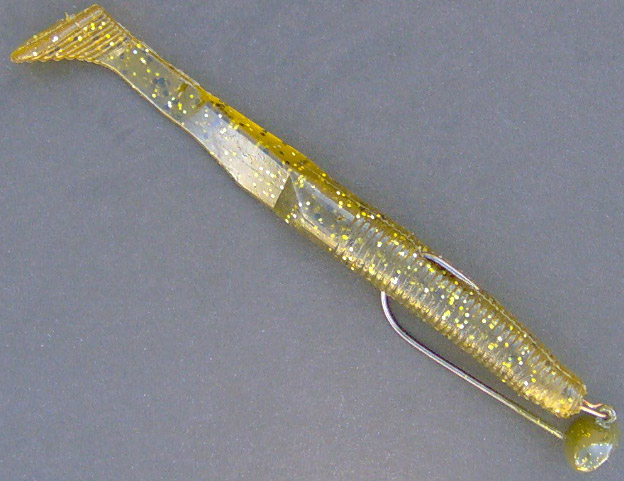
Keep an eye on your line and wait for it to move or tick if it does then set the hook immediately! If it doesn’t, once the bait hits the bottom, just lift up and let the bait fall again. The most popular way to throw this bait is to simply cast it out and let it fall on a semi-slack line. That is because you really do not need to work it much. However, don’t be afraid to experiment with colors to see what works best on the body of water you are fishing. Watermelon with black and red flake, green pumpkin with black flake, and black with blue flake. Try to keep it simple and use 3 main colors. There is a wide variety of colors available. This helps prevent the Senko from ripping so that you can catch more fish on that one bait. A great tip for the Wacky Rig is to use an O-ring around the Senko and then put your hook through the ring. The second option is the Wacky Rig and this adds a little more action to the bait when working it.

This just means that you can tuck the hook back into the bait so it will not get snagged into weeds, grass, etc. The Texas Rig option can “Texpose” the point of the hook into the senko to make it weed-less. There are 2 main ways I like to rig this bait. To connect the 2, use a double-uni knot to combine the braid with the mono. I will use 10lb braid as my main line with 3 to 4 feet of 10lb monofilament leader. I personally like to use a spinning reel paired with a rod that has a fast action tip. Today we will cover some of the basics of this versatile bait.

Regardless of location or time of the season, you can be sure a Senko will generate some bites. Since the invention of the Senko by Gary Yamamoto, the stick bait has become a staple in the bass fishing community.


 0 kommentar(er)
0 kommentar(er)
